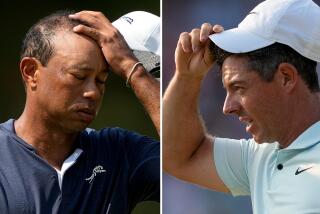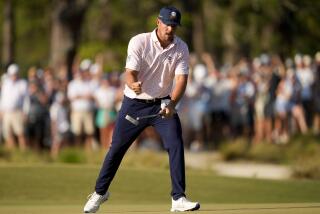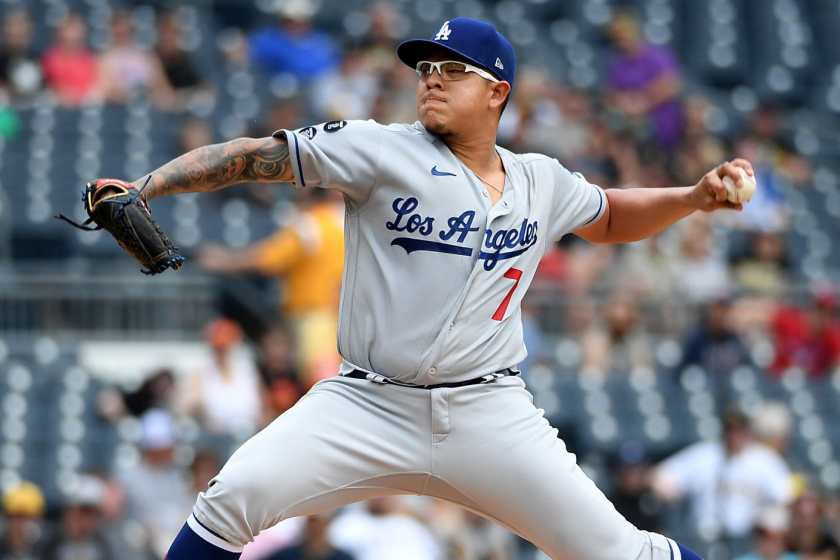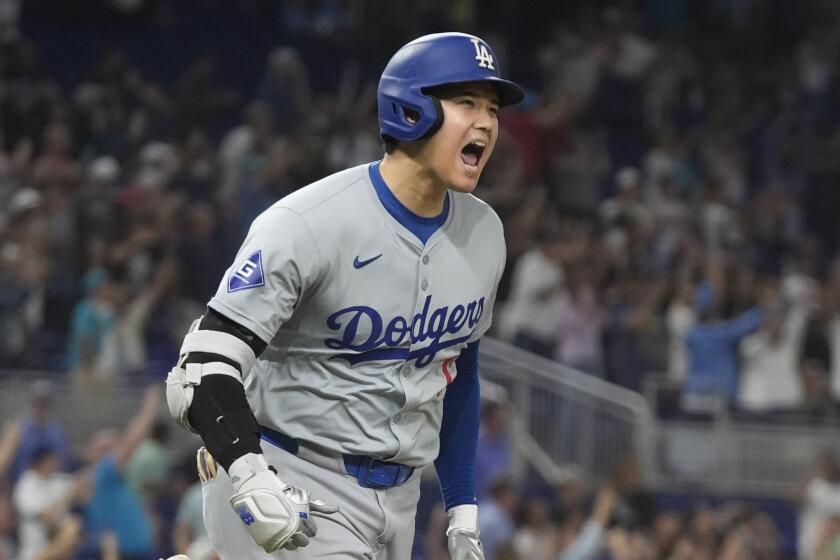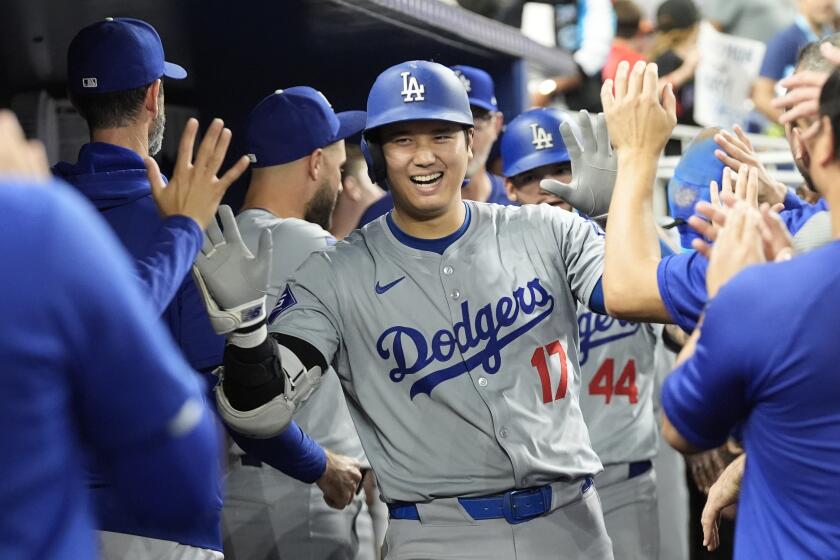It’s anyone’s guess what type of player will win U.S. Open

Keegan Bradley strolled across the Pinehurst practice green Wednesday and noticed Zach Johnson using a putting aid.
Resting in Johnson’s sternum was a rod called the Pendulum Putting Pro, which helps players maintain proper shaft angle and posture.
“No belly putters!” joked Bradley, who benched his own anchored putter last month in advance of the 2016 PGA Tour ban.
Johnson ranks 15th on the tour in scrambling this season. The Iowa native is also deadly on approaches from 75 to 100 yards, hitting them an average of 14.5 feet from the pin to rank 13th.
“He’s a really good chipper and wedger,” caddie Damon Green said. “This is probably his best chance to win an Open.”
Johnson responded dryly: “He’s a caddie; he has to say that.”
So who does have an edge when the U.S. Open begins Thursday in the North Carolina sandhills? The long hitters who can try to attack these mushroom-shaped greens with short irons? The lights-out putters? Those who can correctly guess the effect of wiregrass on their recovery shots from the waste areas?
In 2010 at Pebble Beach, U.S. Open champion Graeme McDowell controlled his trajectory in the wind. The next year at Congressional, Rory McIlroy bombed his way to a blowout victory. Justin Rose was steady last year at Merion, maintaining his sanity on those racetrack greens.
“What’s fascinating about this week,” USGA Executive Director Mike Davis said, “is that I’m not really sure what it favors. I think the best shot-maker and best thinker will win.”
Shot-maker because these mounded greens will wag a Dikembe Mutombo finger at any approaches that lack crispness. Thinker because players will have several options from the sloped chipping areas and native vegetation, which replaced the rough.
“If you drive it crooked,” Bo Van Pelt said, “it will hurt. If you’re not pinpoint with your irons, it will hurt. You know you’ll miss greens, so you have to have some short game to keep your round going. This place will [reveal] any weaknesses you have.”
Glancing at the scorecard, you might assume long hitters will be neutralized. Bombers like Bubba Watson can turn par-72 courses into par 68s by reaching the par fives in two. Pinehurst has just two par fives, and one is seemingly unreachable at a maximum of 617 yards.
“Length can be an advantage,” Watson said, “but when they’re pinching the fairways at 300 yards, it might be a four-wood for me and a driver for somebody else. Then we have the same length into the green. So it’s about hitting fairways. I’m going to lay back [because] it’s the second shots that matter most. Hopefully in four days I can tell you it was a great strategy.”
Rose said he does not foresee “a premium on length because of the way the fairways are running. Everybody in the field is going to be able to hit it 270 to 290, given the roll.”
Rose said the key is “precision iron play,” and Golf Channel analyst Colin Montgomerie echoed that sentiment.
“I would rather hit the green than have to rely on getting up and down and make eight-footers on U.S. Open greens,” Montgomerie said. “The ball-strikers are going to win this week. Rory McIlroy immediately comes to mind, and Adam Scott.”
Scott is 25th on tour in greens in regulation, two spots ahead of McIlroy.
Scott called his U.S. Open record “average” — his best finish is a tie for 15th, and he has missed six of 12 cuts — and added: “It’s a good week for me to turn the corner and get in contention.”
McIlroy might have gained an edge by engaging Jack Nicklaus in a two-hour chat last week at Nicklaus’ office in North Palm Beach, Fla.
“He offered any sort of advice I wanted or needed,” McIlroy said of the Golden Bear, who won four U.S. Opens. “I mean, it has to be an advantage in some way.”
More to Read
Go beyond the scoreboard
Get the latest on L.A.'s teams in the daily Sports Report newsletter.
You may occasionally receive promotional content from the Los Angeles Times.
